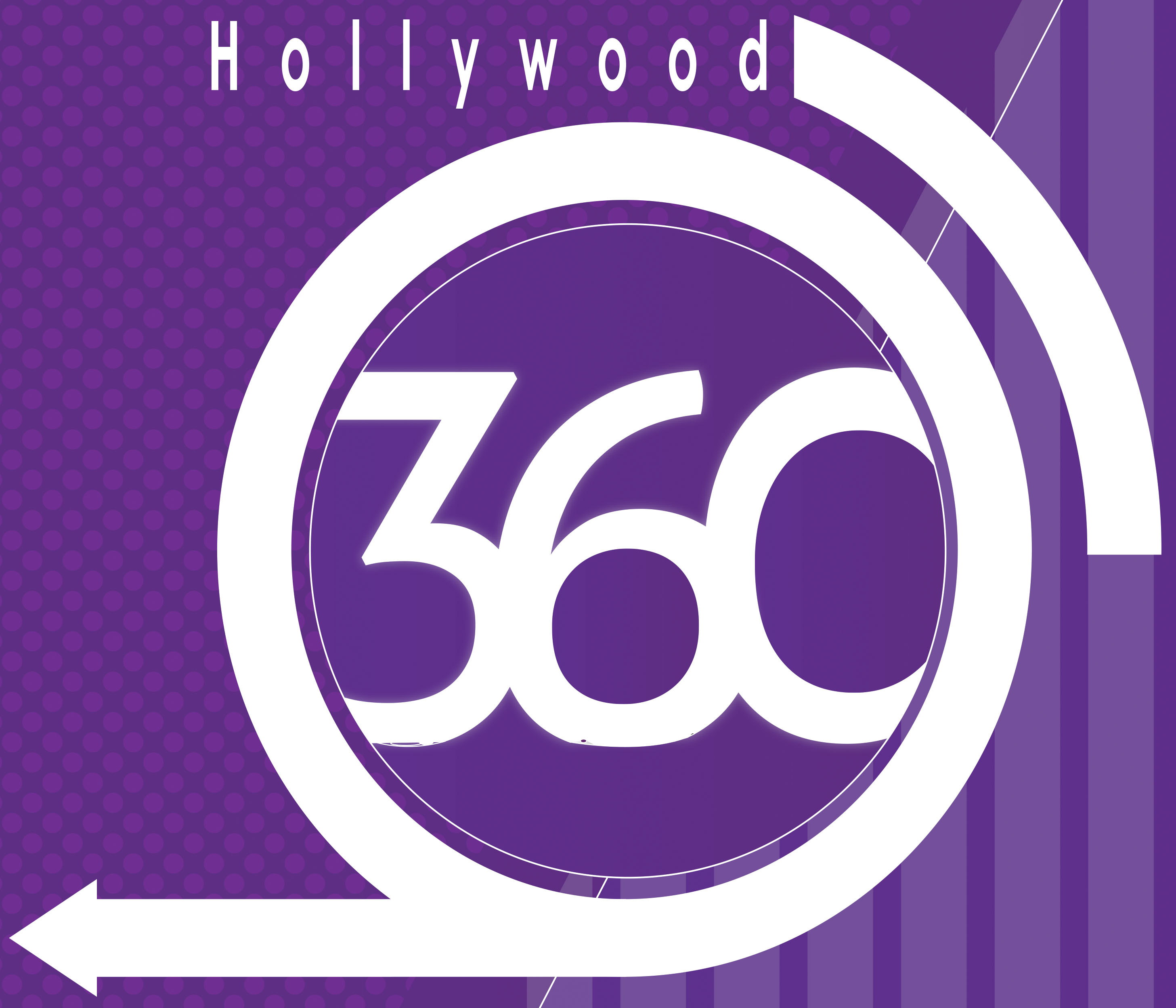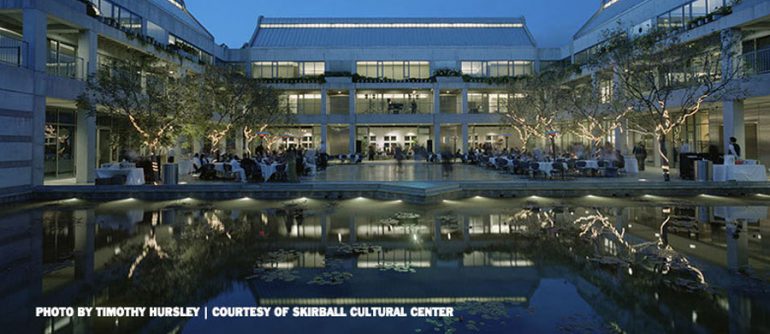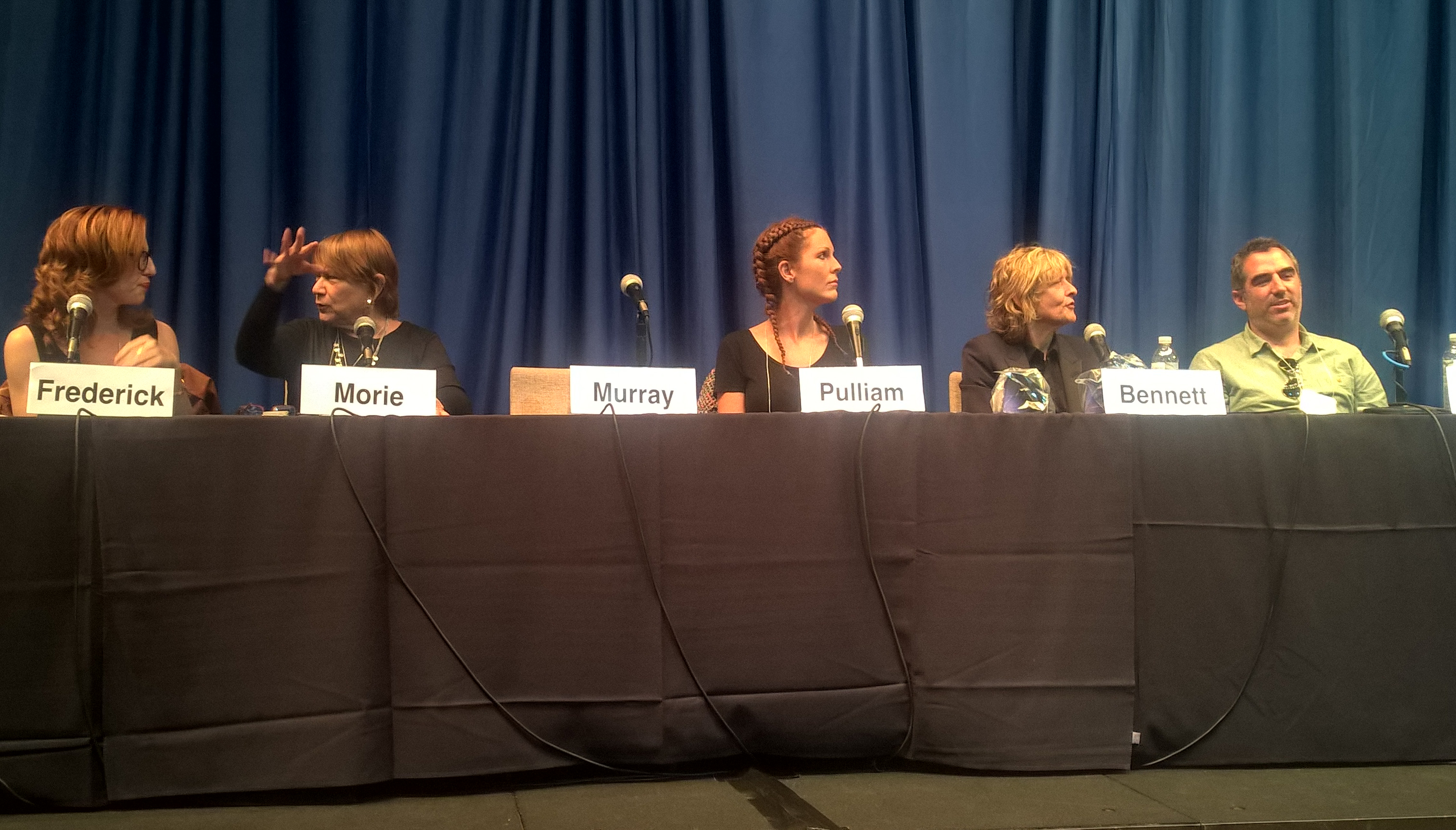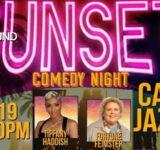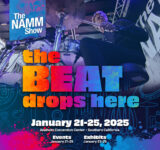The 2016 Digital Hollywood Spring conference kicked off on May 3 for a week focused on Immersive Entertainment, Virtual Reality and Internet TV’s influence on viewing trends. It included dozens of panels discussing the future of entertainment as well as the California Education Summit and the 57th Annual Genii Awards, presented by the Alliance for Women in Media.
Maia McCann is a fair representation of millennial professionals’ aptitudes with social media, as was the rest of the panel. Their talk through the presentation covered references to SnapChat and multiple other sites not as common among their parents as themselves. However, Maia said, “People usually find out about us on Facebook.”
The panel did note that a consolidation now occurs of newer connective sites back toward the anchor social medias such as Facebook.
China production/distribution titan Metan Global Entertainment is helmed by President/CEO Larry Namer who founded E! Entertainment. He talked about challenges and successes across the world. “We produce entertainment in China and sometimes use that template for a show we take back to the rest of the world.”
Metan Global Entertainment currently has a Bruce Lee series and a feature film on China’s first female empress in the works. Larry’s panel showcased how former distribution channels have been broken and will never be repaired or returned to what was “normal.” Today’s “disruptors” and yesterday’s giants are all in the hunt for the new normal, which proves to be a target moving almost daily, if not hourly.
Multi platform digital-delivery-advances, along with augmented and virtual reality, currently splash tsunamis of promise, conflict and uncertainty across the future of Hollywood. Nathan Price is Global Director – Media and Technology for Nielsen, a leading global information and measurement company.His presentation delved into ethical topics related to Virtual and Augmented Reality such as taking care to not freak out the consumer. Virtual reality can cause vertigo or jumps in heart rate which might be injurious to the user.
Calmer uses for social good will involve sightseeing at less cost than travel and self education on social good, along with medical applications. Nathan points out that entities have formed to measure and regulate the impact of content on users.
“We made it a single destination for all our subscribers,” Barton said May 3, speaking at the biannual Digital Hollywood event in Los Angeles. “As an industry, we’ve probably made this harder than it needs to be, adding layers of confusion for the consumer. Getting rid of the added complexity was the end game for us.”
That was the main discussion of the day among Barton and other experts from Epix, Fox Broadcasting and The Tennis Channel: how do you keep consumers coming back when the experiences with TV Everywhere aren’t as simple — or enjoyable — as something Netflix?
“Certainly, TV Everywhere hasn’t been what everyone thought it would be,” said Amit Ziv, VP of business operations, development and strategy for Epix, the premium channel run by Paramount, MGM and Lionsgate. He touted 50% subscriber growth for Epix in last 12 months ,but said that digital rights issues for Epix and other premium channels proved to be an unexpected challenge in the early days of TV Everywhere.
Terry Koosed, spoke at the annual Digital Hollywood conference Thursday/yesterday on a panel entitled “Live Stream of Music Festivals and Concerts: Brands, Bands and New Technologies.”

Koosed served on the panel of experts, which included Mark Demarest, CEO of Spinnable, Allen Sanford, CEO of LiveList, Kat Chung of Initiative, Raymond Baker creative head of Goldenvoice and the Coachella Music Festival, Hank Neuberger, President of Springboard Productions, and John Petrocelli, CEO of Bulldog Digital Media, who moderated the event.
“We’ve noticed an exponential jump in the amount of events that are live-streamed,” says Koosed. “Musicians and sponsors alike have definitely begun to realize the power of sharing an experience like a concert or festival with an unlimited global audience through a live stream.”
The panel looked at all aspects of the intersection of Internet, streaming and music concerts and festivals, with Koosed and the other panelists discussing the statistics that show how live-streaming can actually improve and increase ticket sales by building brand excitement with their audience.
What will the next step be? “It’s all about Wi-Fi,” says Koosed. He explained that while live-streaming increases audience engagement for fans outside of the event, Wi-Fi helps festival goers engage with their favorite bands and acts during the event.
“It’s not just the big guys using it anymore,” says Koosed.
The Digital Hollywood Panel was: Brian Popowitz, Jessica Hasson, John Bohan, Christopher Puga and Johnny Miller. When asked if they could only leave the audience with a few 1-3 thoughts, they responded:
Christopher Puga
1) Have a Voice – Not so long ago brands did everything possible to stay away from public opinion. platforms like twitter and Facebook have changed that. Not even 10 yrs ago some brands would consider it a luxury to not feel the need to comment on social issues. It’s the brands that you see now, like Oreo, Netflix, etc that look at this as an opportunity… an opportunity to build a deeper relationship with their customers and even move ahead of their competitors.
2) Plan for the Moment – Would you be surprised if I said the Oreo, dunk in the dark was not a random lucky post by accident? In fact, it was strategized and planned months in advance. They had a series of images ready to post given the situation. Some obvious like holidays and some subjective. how they won was by planning for the moment and being prepared to join the real-time conversation regardless of what happens in the world. So the lights went out in the super bowl and just like that, you have an award winning tweet and something that marketers will remember forever.
3) Don’t be Afraid to Fail – New features roll out weekly. New platforms pop up and with them come new potential customers. New ways of communicating spark out of nowhere. Don’t be afraid to try something new. Tweet with an emoji, start a periscope account, test Facebook live video, live tweet a TV show. start an AMA with an exec or special guest. Don’t be afraid to fail, but if the returns aren’t there, then fail fast. Only 17% of fortune 500s are on Pinterest. This is a powerful platform that is perfect for brands that want to connect with their customers.
Brian Popowitz
1) Black Box. I’m in the business of working with musicians to aggregate an audience, build affinity between the audience/artist, and monetize the affinity an artist has with their audience. Social media has completely transformed that linear funnel and it what I dedicate each day of my life to work on.
2) Hoping for a magic bullet or virality is not a social strategy. Panoptic conversation will be replaced with more personalized conversation through social media. Influence is power.
John Bohan
I’m fascinated and energized by the state of the advertising industry today. Many people claim advertising is dead, and there’s no doubt it has changed dramatically in recent years with new challenges emerging daily. Advertising as we knew it is dead. Good advertising is no longer about selling. It’s about inspiring. It’s no longer about brand stories. It’s about people stories. Social media is the single most effective way for brands today to make real connections with real people.
1) CUSTOMER ARCHETYPES. You have to meet people on their terms in marketing today, and genuinely care about improving the quality of people’s lives. It’s not about your WHAT…it’s about tapping into their WHY.
2) VIDEO, VIDEO, VIDEO. It’s estimated that mobile video will account for 75% of total mobile data traffic by 2020. Facebook is making major moves to champion video and it’s already proving to be highly effective for brands and publishers. From Facebook 360 to Facebook LIVE (hailed as the future of TV – exploding watermelon, anyone?), new video tools allow people to get even closer to the brands, movies and media they love.
3) THE MESSENGER MATTERS – If you want more customers, get more friends. Brands touting their own services and capabilities through one-way messages fall silent in the forest. No one cares and people are tired of being sold to constantly. But they do like and buy from brands that are recommended by their own friends or people that they trust.
If you want people to listen to your message, the person telling your story matters. Build quality networks of influencers that connect with your different archetypes and provide these advocates with turnkey, engaging ways to spread your story in authentic ways.
Jessica Hasson
CEO and Founder of PulpPR. I am passionate about this panel because it has been a powerful learning experience understanding the psychology behind social media, and what companies like Facebook are doing to improve their platforms accordingly. These changes are what ultimately impact the future of marketing and public relations, and we must learn and adapt from them if we are to be successful.
1) Take advantage of the wealth of social media resources available to you: social networks, marketing tools, etc. – most of which are free or of low cost to your business. You have nothing to lose and everything to gain from these resources.
2) Keep on top of the latest social media trends: Experts are constantly studying the psychological impacts of social media. Read up on these types of studies often to better understand how you can efficiently target customers through social media.
3) Analyze your results, often: The only way to improve upon your past efforts is to analyze them, and figure out what went wrong or what did well. As Einstein has stated: Insanity is doing the same thing over and over and expecting different results. Don’t be insane.
The conference gave us insight into the reality of what once was viewed as merely science fiction.
http://www.digitalhollywood.com/DHSpring2016.html

